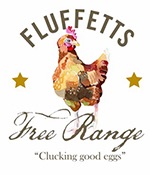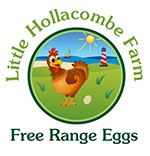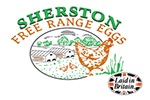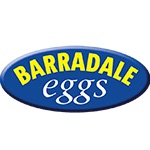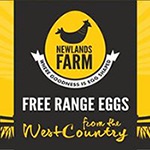By the time you read this Hotwire, the compulsory housing orders will have been lifted, and free-range eggs can again be labelled as such.
Some producers will be pleased to have the birds out again, some will not. Many have found that production while confined has held up, or even lifted slightly, and shell colour has uniformly improved.
If any pale of white eggs appears in these circumstances, then the suggestion is that there is aggression going on in the flock, and extra measures need to be taken to correct it.
Also, some flocks will never have been out as they were placed after the orders came in. A few older flocks may prefer not to renew their acquaintance with the range.
No matter. At least the all-important paperwork will be in order and the description of the eggs produced accurate again.
It seems a pity that, with all the other rising costs put upon the sector, the need to alter the printing on eggs or packaging was enforced for such a short space of time. Another apparently needless cost launched onto our already struggling system. The print has hardly dried before it was abandoned (42 days). There was already “Free Range” packaging in store, or in transit, so less actual time with new labelling took place.
If the egg is actually stamped “Barn”, how long will those in-store last past May 2nd? Will they have to be withdrawn from sale?
On top of this, the media are loud hailing an egg shortage, due to producers depleting flocks, or going out of business. At the moment, there are plenty of eggs.
The media also say that if a shortage occurs, the supermarkets will import.
From where? Prices on the continent are little different, and there are few countries with enough free-range production to spare for export to the UK.
Most of the EU is still under housing restrictions, including the Netherlands, which, in spite of this, is experiencing many new outbreaks. Biosecurity?
Colleague and Executive Committee member, Graham Smith, reminded me of a paper I gave to Broiler Breeder producers in Hungary, which was reproduced in Poultry International in January, 1991, under the heading “Biosecurity – The New Buzzword!. Nothing new under the sun they say.
The points in the article are those advised today in the “Laid in Britain Code of Practice”, which has the approval of Defra and the Food Standards Agency.
One or two interesting little nuggets in it – IB has an incubation period of 24-48 hours, while ILT takes some 12 days.
A timely reminder, not always adhered to, is the necessity of disinfecting the driver’s cab of delivery vehicles.
95% of pathogens can be removed by effective use of water, and choosing a detergent which is compatible with the chosen disinfectant, and sprayed at 300-600 psi. Remember also, that for every 3°C, below 17 °C the effectiveness of most disinfectants is halved.
Since the housing orders were extended from 21st March, there have been a further 10 outbreaks in the UK, so lifting the housing orders may seem a bit premature and risky.
It certainly emphasises that stringent biosecurity (and that means house to house) measures MUST be adhered to.
The Netherlands have experienced 34 outbreaks since November, most recently near Barneveld. Within the 3km zone, there are a further 19 poultry units at risk, and within the 10km surveillance zone, a total of 229 farms. This degree of concentration is bound to be a problem, even with good biosecurity.
In the US, the national flock decreased by 5.3 million hens (1.8%) since early April, to 292.5 million.
More than 22.8 million hens have been culled this past year due to AI.
This puts the national flock at a production level below consumer demand.
Interestingly, per capita consumption is down to 278 from 293 in 2019.
In addition, some 1 million pullets in rear have been culled.
Losses have occurred in all the Flyways (wild bird migration pathways) with the exception of the Pacific. So, California has, so far, escaped outbreaks.
France has culled 13 million birds (mostly ducks and geese) due to HPAI.
Together with the USA and others, France is giving serious thought to vaccinating against Avian Influenza.
The French foie gras sector keep the birds outside on range, until about 3 weeks before force feeding, when they are moved indoors into cages.
Similarly, the US turkey sector grow their birds principally on range. It is not surprising, therefore, that both these groups are highly susceptible to HPAI.

